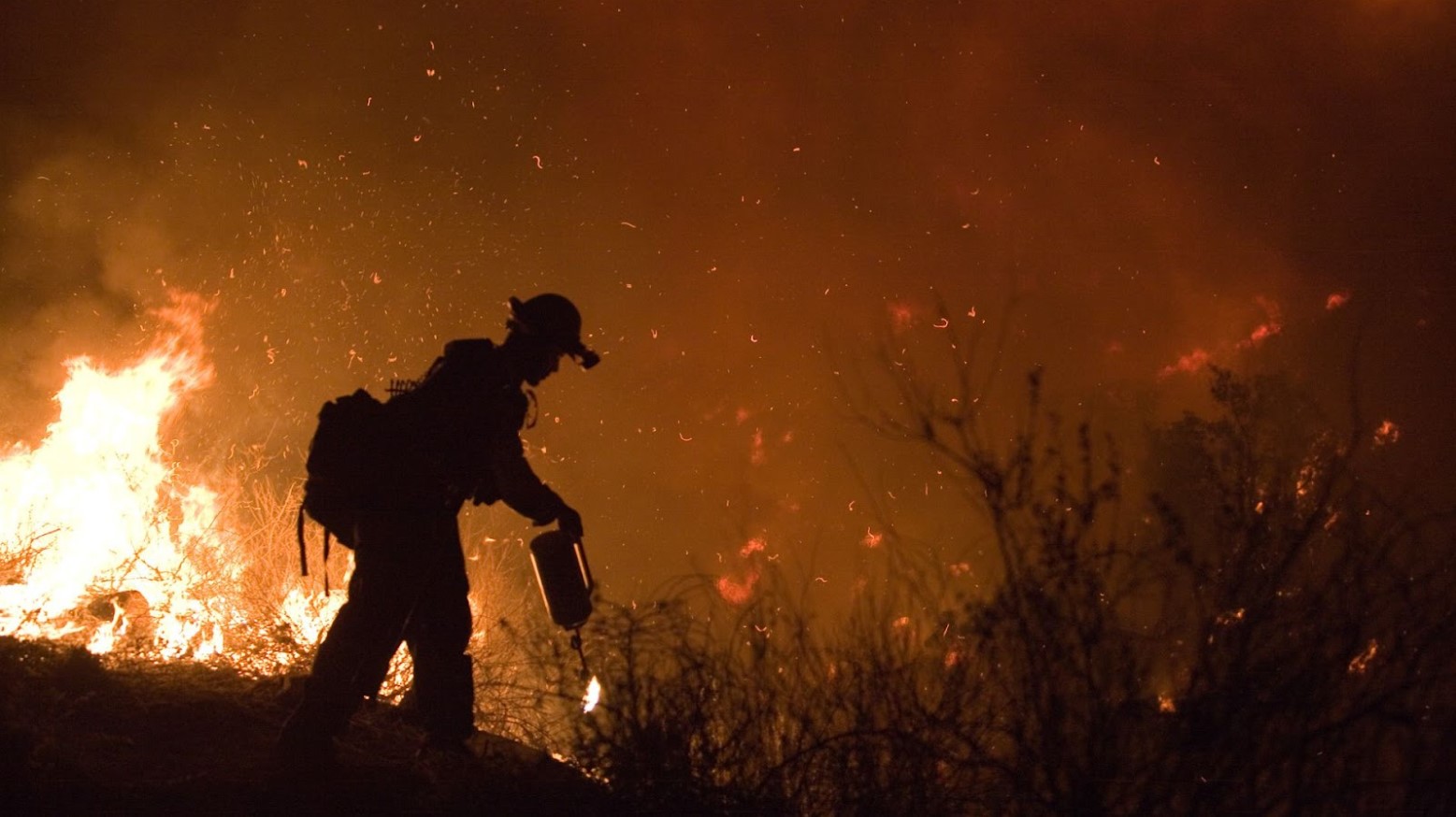Wildfires have been raging intensely over the last few years, but the latest wildfires in California and Colorado have caused significant damage that has sparked more concern among residents, government officials, and scientists.
Some areas in these states have already felt the pressure of fire season, but these recent fires have pushed people into a fight or flight mode.
The Fourth Largest Wildfire in California History

In California, the Park Fire, which is now the fourth largest wildfire to tear across the state, has grown to 402,042 acres. Though authorities have contained more than a third of it after days of destruction, the state is feeling the stress of the fire season.
The state has been battling 16 active wildfires while the Park Fire spreads across four counties and Lassen National Forest.
How the Park Fire Started

Over a week ago, the Park Fire started after a man was allegedly seen pushing a burning car into a ravine. Cal Fire reported that nearly 1,000 firefighters are battling the fire on Forest Service land, where it has burned nearly 96,000 acres.
But the Park Fire is only part of a larger problem in California.
A Jump in Wildfire Activity

The Park Fire is only part of a far larger problem. Cal Fire said this week that wildfire activity is 2,816% higher than last year for the same time period.
“As of July 30, 2024, wildfires have scorched a staggering 751,327 acres across our state,” Cal Fire wrote on social media (via CBS News). “This year’s wildfire activity is 2,816% higher than last year, 29 times the amount of acreage burned.”
Why Park Fire Rages On

Cal Fire said that the “record-level low moistures” are helping fuel the flames, but the Park Fire is finding new ways to feed its flames. Deep drainage and lava rock are creating thick smoke that has limited visibility for responders.
This makes suppressing the fire a challenge, according to the department. After a weekend of ‘critical’ fire weather, driven by hotter temperatures, drier conditions, and increased wind speed, cooler temperatures are now helping to contain the fire. But this weather may not last forever.
The Threats to California

“Although smoke conditions were more favorable Sunday, increased smoke is expected today, especially over the northeast portion of the fire where the fire is active,” Cal Fire said on Monday.
“Highs will reach the lower 100s today while the minimum relative humidity will dip to the lower to mid-teens. Winds could gust to the near 20mph range in the afternoon.”
Wildfires in Colorado

While wildfire rages in California, Colorado has been experiencing their own devastation with a wildfire that has torn through 15 square miles and destroyed 48 buildings.
The Alexander Mountain Wildfire, which burns about an hour’s drive north of Denver, was one of the several wildfires that started late in July.
Burning Nearly 10,000 Acres

The fire has burned nearly 10,000 acres but is now almost fully contained, according to the US Forest Service.
Three other major fires threatened urban areas near Denver that have burned in the last two week weeks.
The Cause of the Fire

The US Forest Service and local authorities believe human activity caused the fire, but they did not confirm whether they think it was started intentionally.
Officials think that human activities also caused another fire south of Loveland that was burning at the same time.
100 Wildfires Burn at the Same Time

Nearly 100 wildfires were all burning at the same time as the Park Fire and Alexander Mountain Wildfire raged through the respective states.
“The vast majority of fire starts are contained at small sizes within 24 hours of their discovery,” the fire center said to Eco Hugo. While firefighting teams are on standby for an “initial attack” in regions that are prone to wildfire breakouts, there might not be enough teams to battle the raging fires.
Nearly 30,000 Wildfires To-Date

Nearly 30,000 wildfires have been reported by the National Interagency Fire Center this year, burning nearly 5,224,060 acres.
While California “is very successful at handling its incidents” with its firefighters and specially-equipped fleets of aircraft, the state has more resources with state and federal cooperators than the rest of the US combined.
The Reality of a Wildfire Fighter

But these firefighters are not working easy shifts. For wildfires, state crews stay as needed, generally working 14 to 21 days before they are rotated out. With in a week, they are working nearly 66 hours.
“Our focus is on getting the health welfare and rest time,” said Cal Fire Battalion Chief David Acuna. “It used to be that the large incidents were so infrequent that you’d get to go home for a week. We have made a more concerted effort to make those 21-day cycles a reality and allow people more time at home.”








































